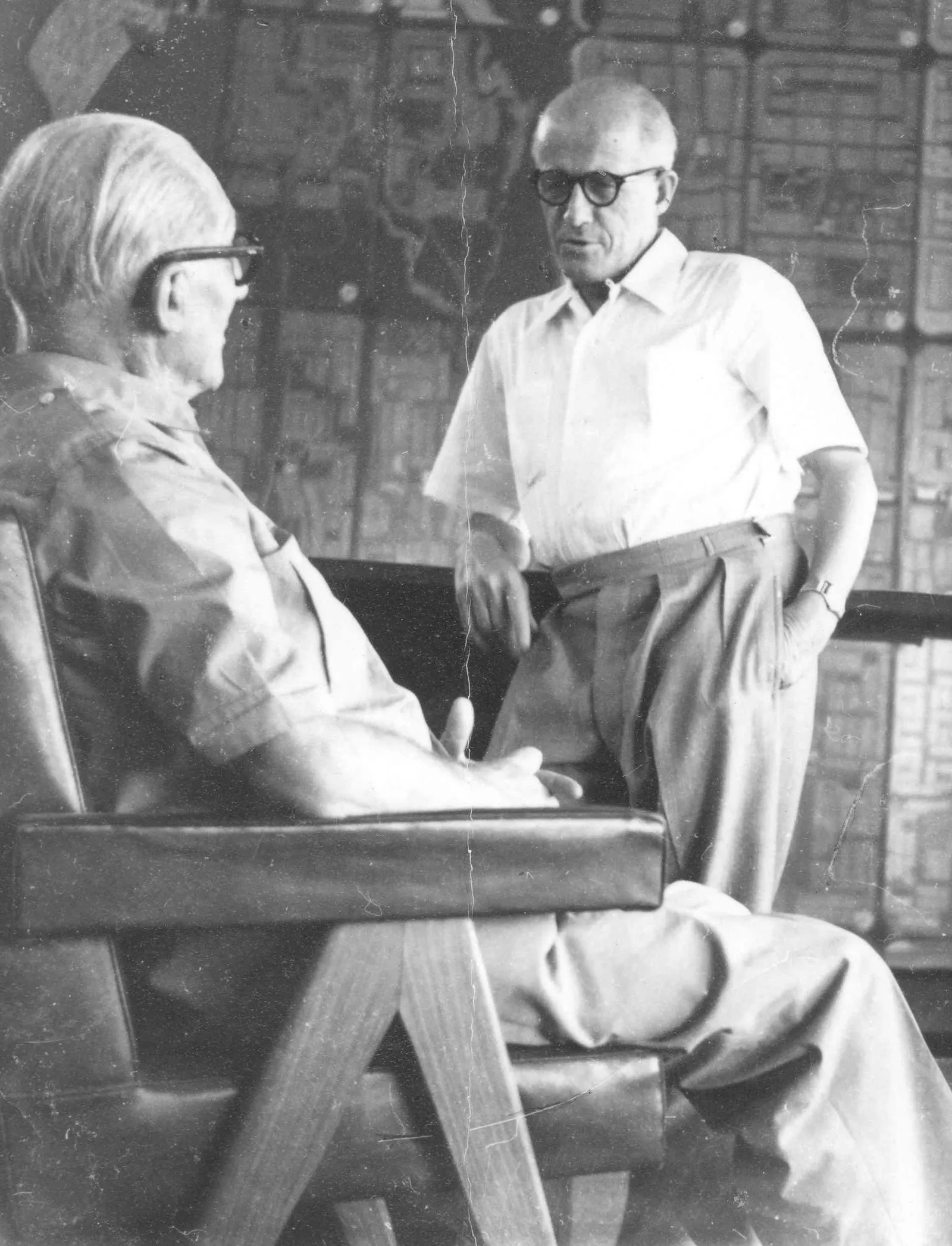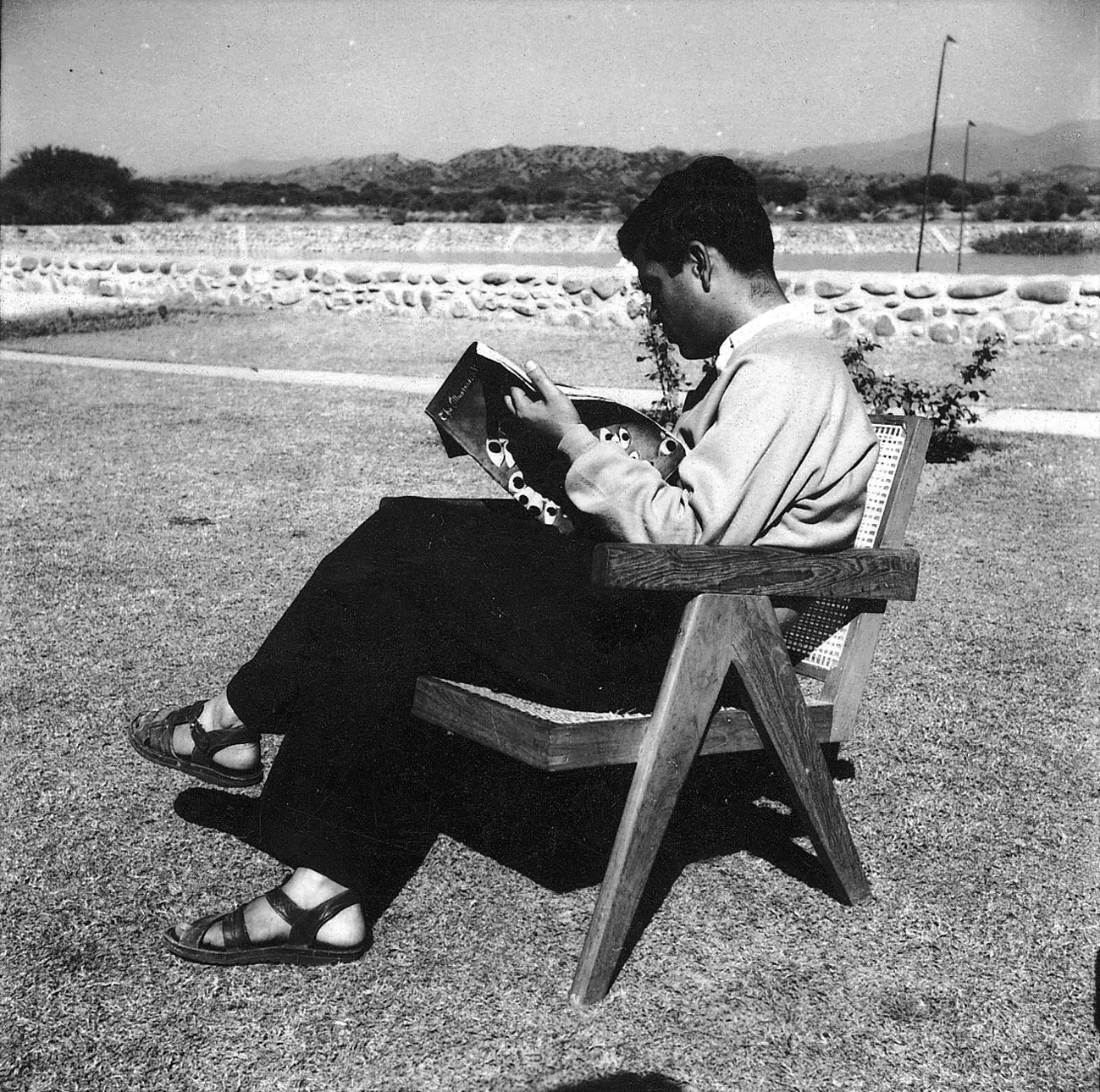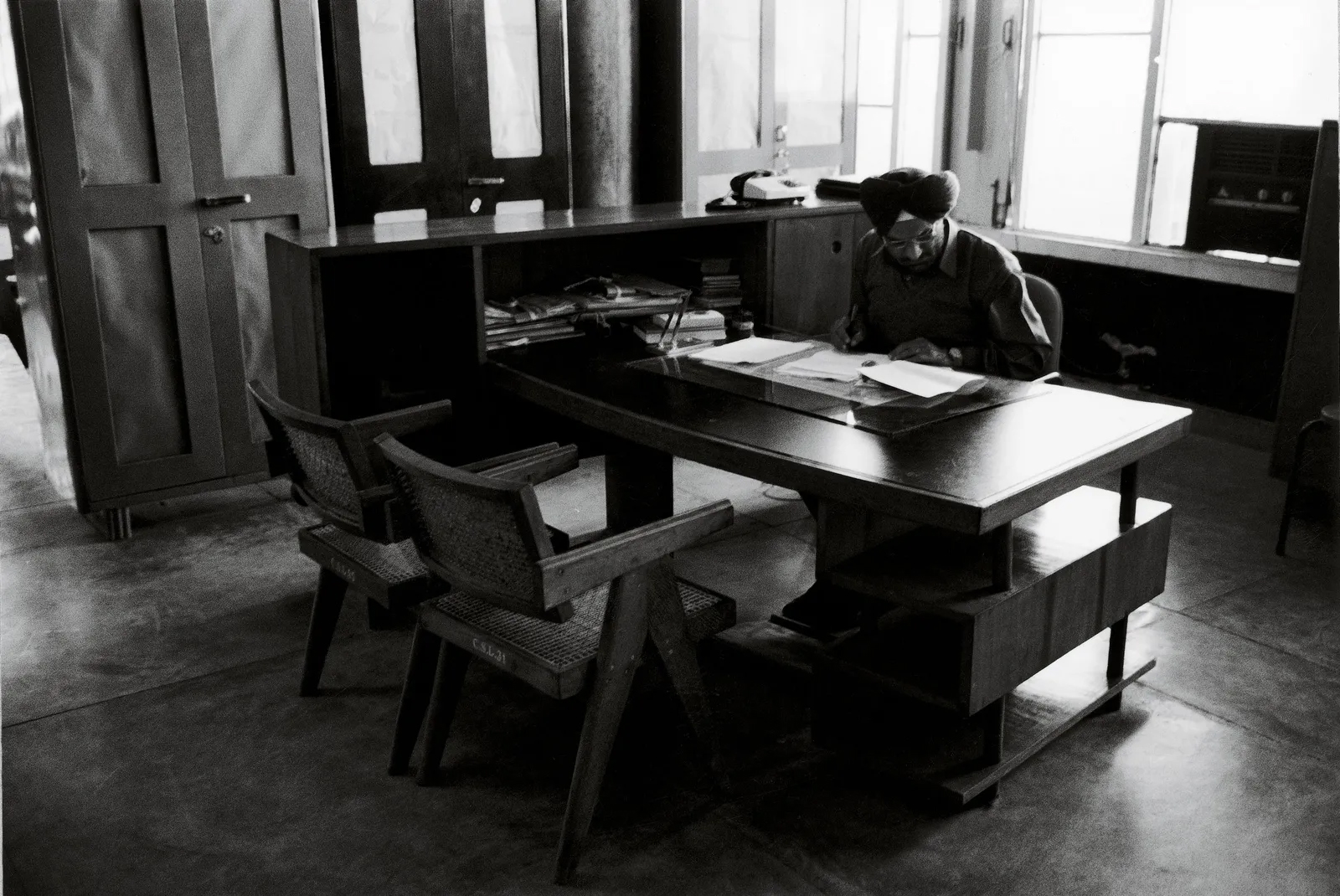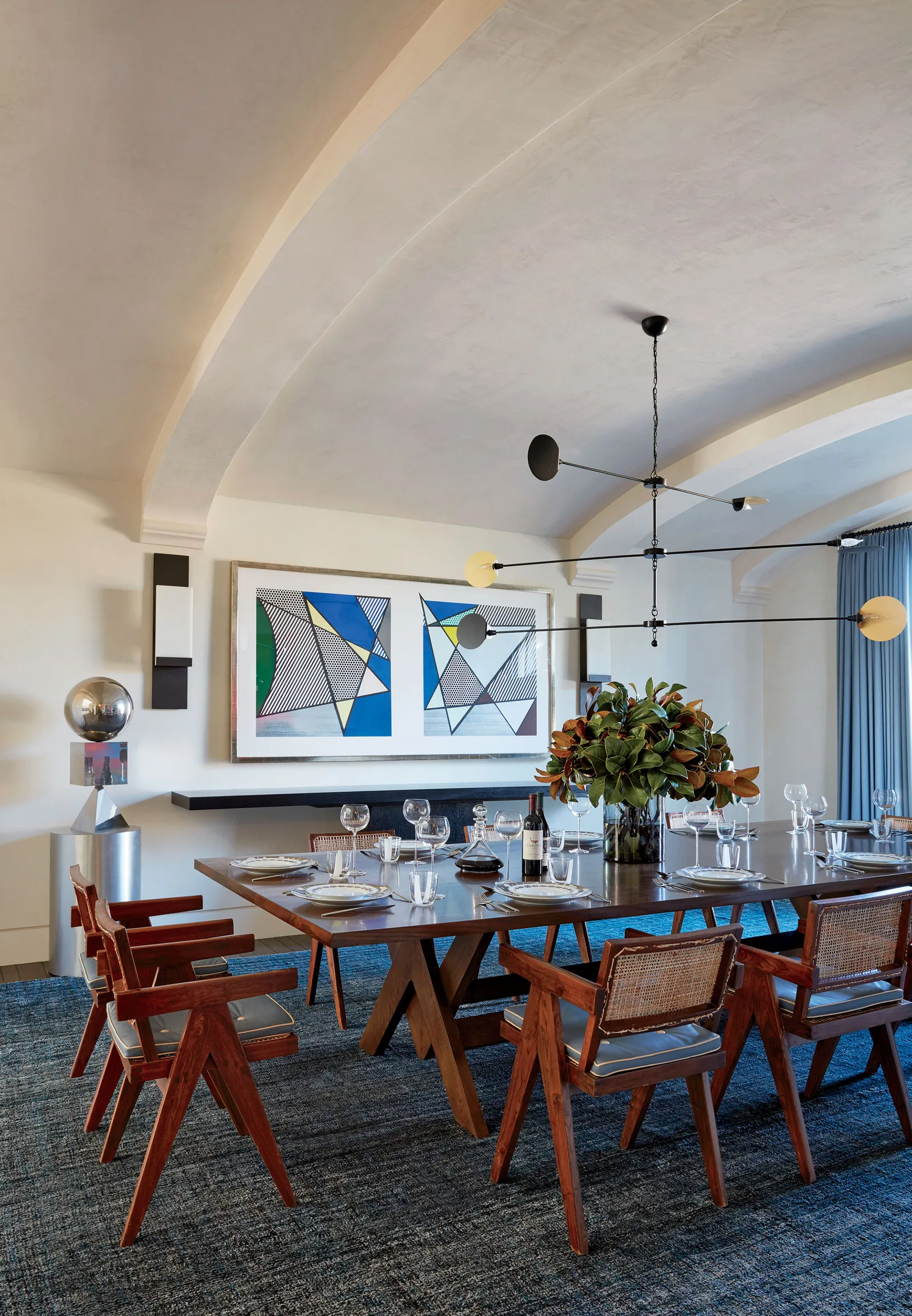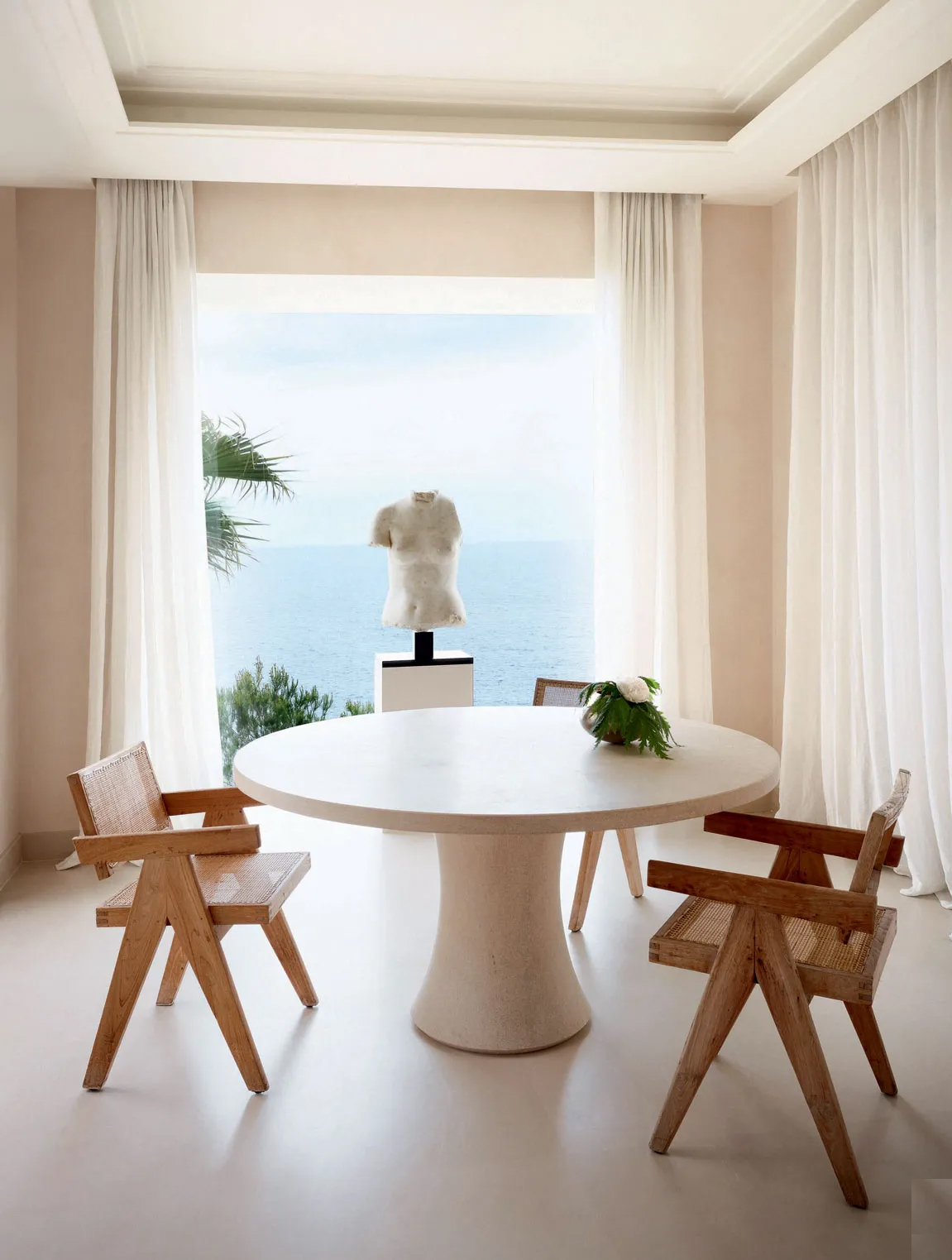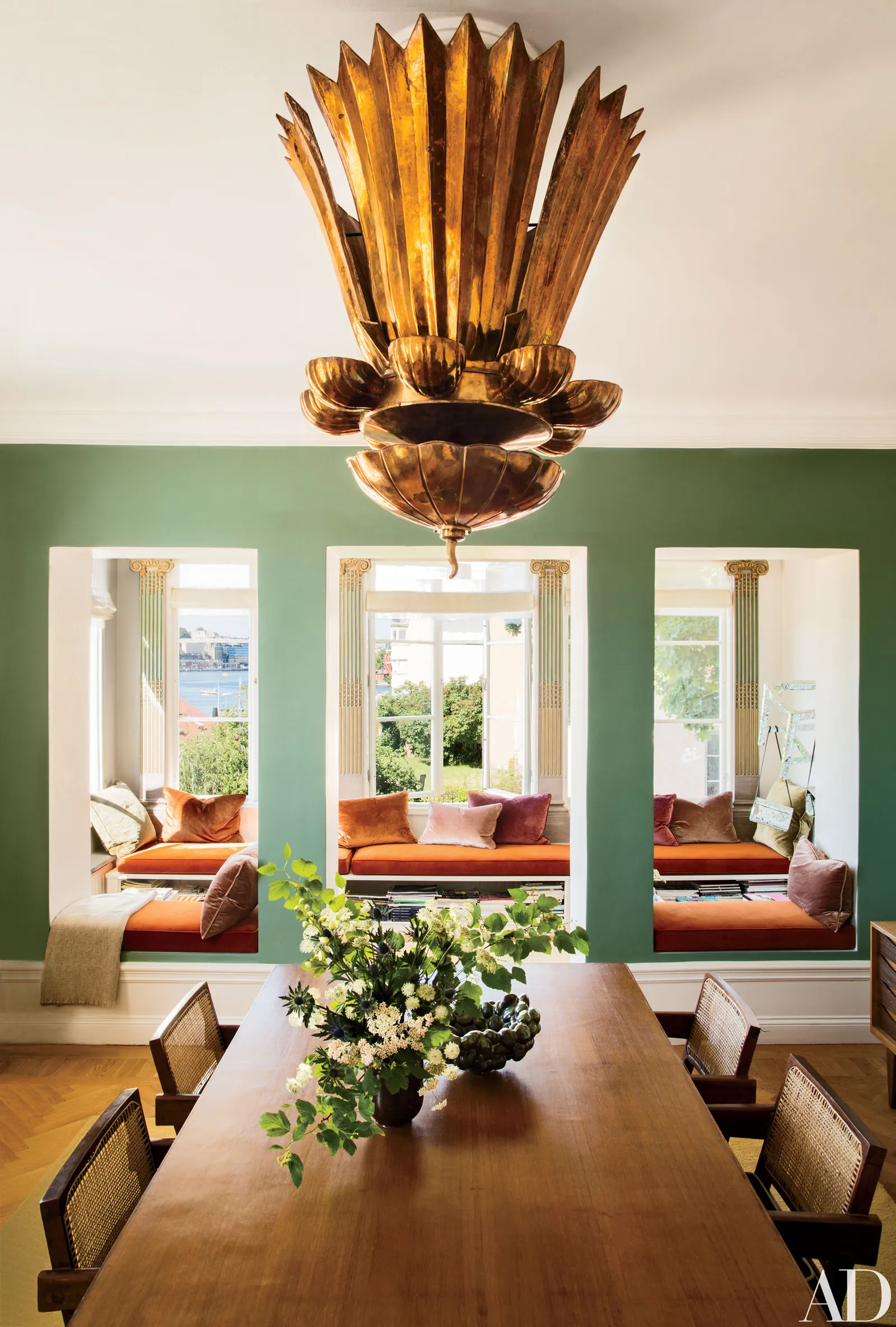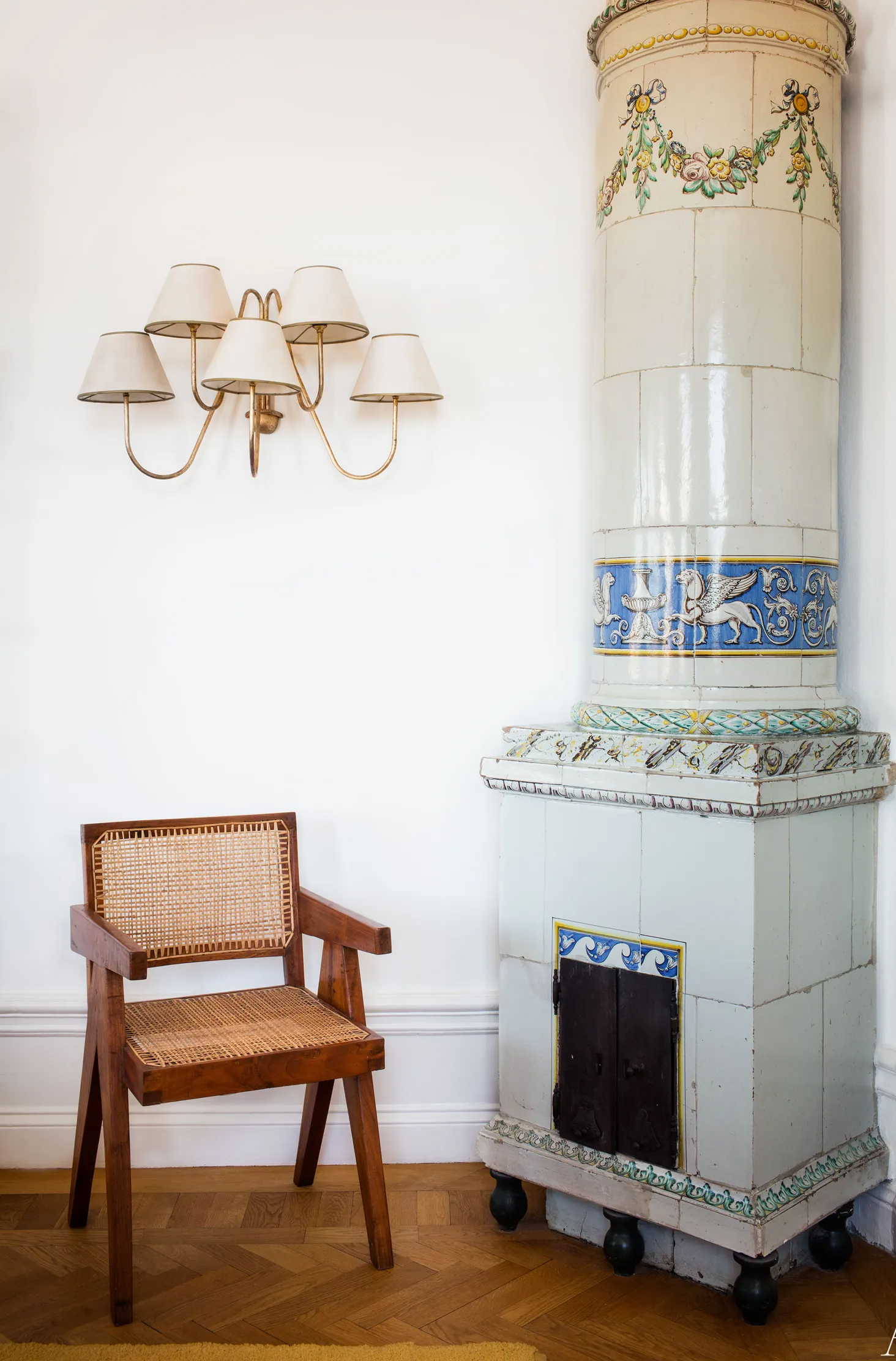When Swiss architect Pierre Jeanneret devised a teak-and-cane chair in the 1950s, his reasoning was simple: The people needed seats. The design was just one of several by Jeanneret that would be produced by the thousands for Chandigarh, India, the utopian city created by his cousin Le Corbusier.
The chair’s V-shaped legs, hewn from humidity- and bug-resistant Burma teak by local artisans, were sturdy. And their durability would be put to the test decades later in Chandigarh, when, as people gravitated to more contemporary designs, discarded Jeanneret chairs piled up across the city—from the roof of the High Court to the balconies of administrative buildings. Many were sold as scrap at local auctions for a few rupees.
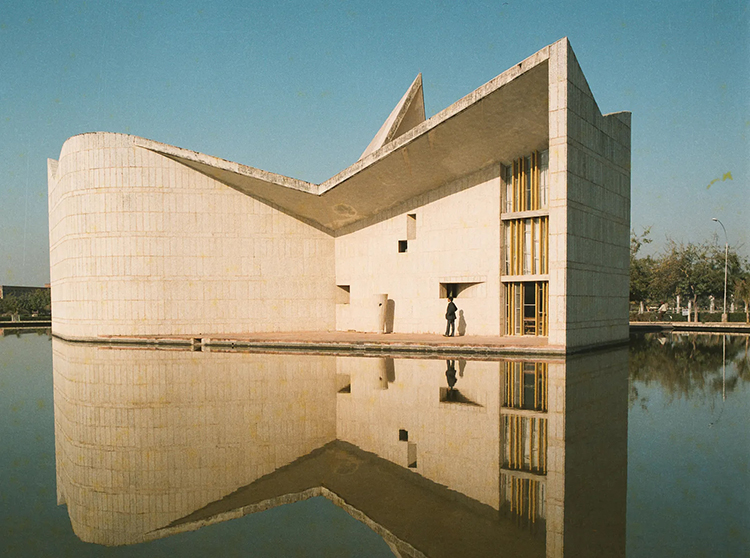
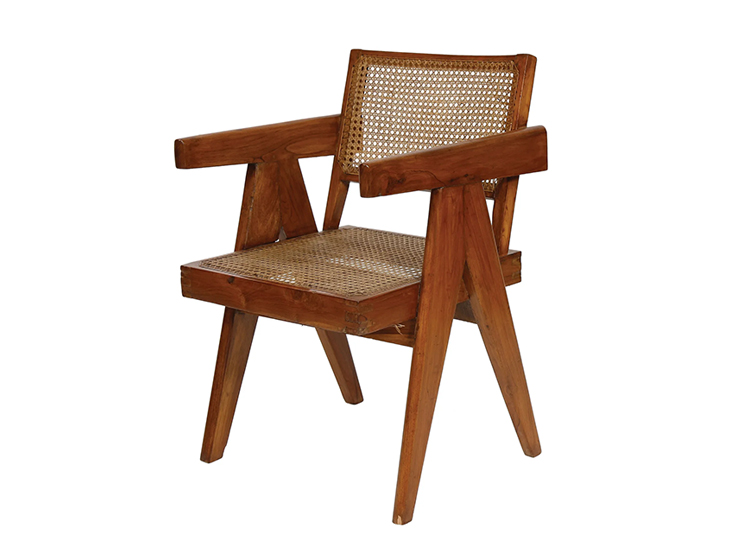
Enter: the dealers. In the early aughts, Eric Touchaleaume of Galerie 54, François Laffanour, Philippe Jousse, and Patrick Seguin began making trips to the remote city to snap up the junked treasures. “We said, Let’s take the risk of buying these, and we’ll see what happens,” says Laffanour, who showed a cache of expensively restored Chandigarh pieces at Design Miami in December.
Since its rediscovery, the chair has become a favorite of Belgian designer Axel Vervoordt and French talent Joseph Dirand. “It’s so simple, so minimal, so strong,” the latter says. “Put one in a room, and it becomes a sculpture.” These days, clusters of them adorn celebrity homes, including Kourtney Kardashian’s (she owns at least 12). And as more and more creep onto the market, both refurbished originals and unofficial reproductions, a chair that was once common is becoming oh-so-familiar yet again.














